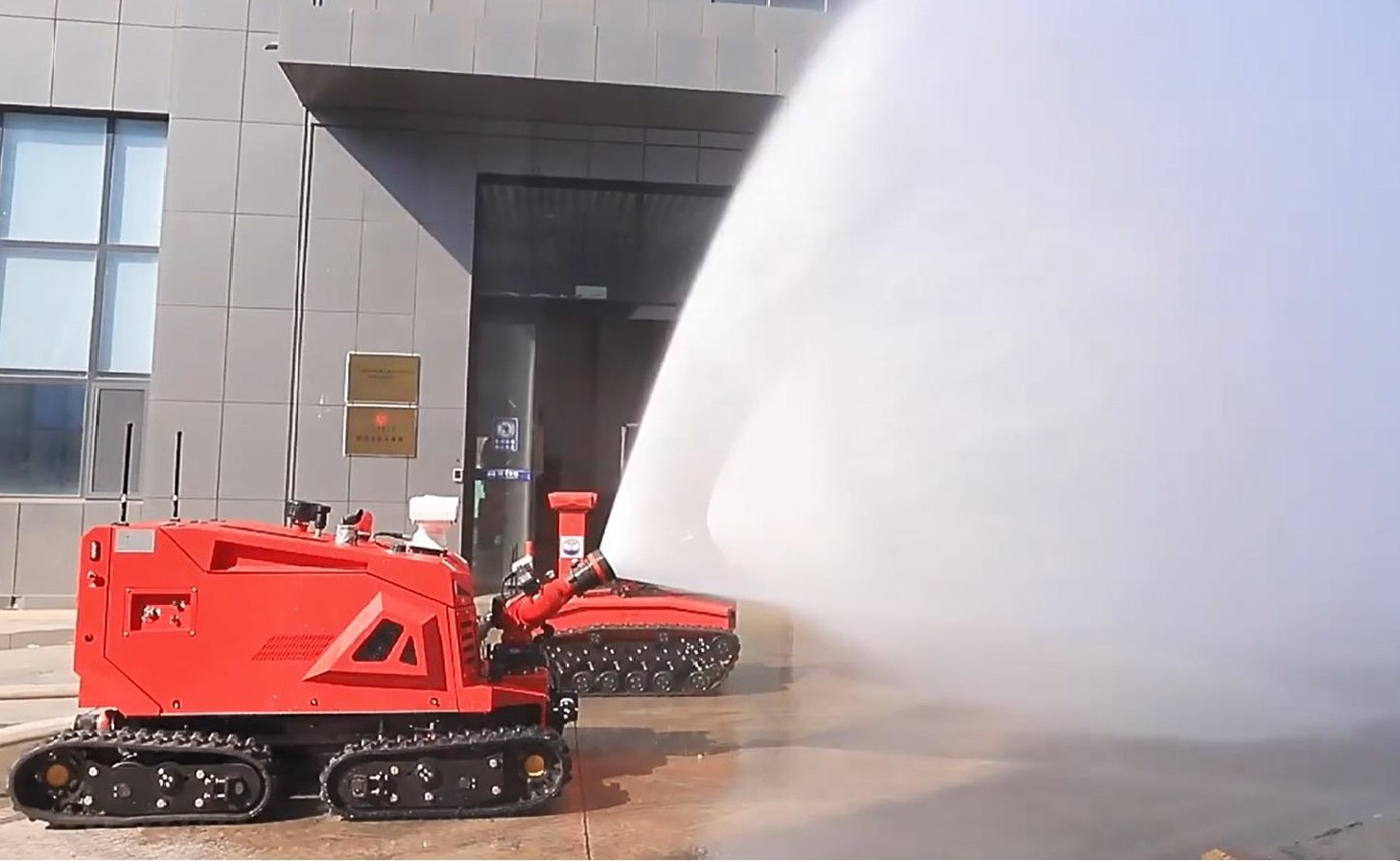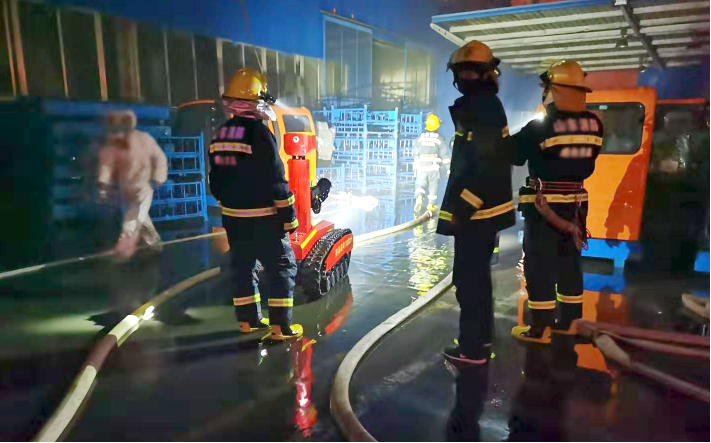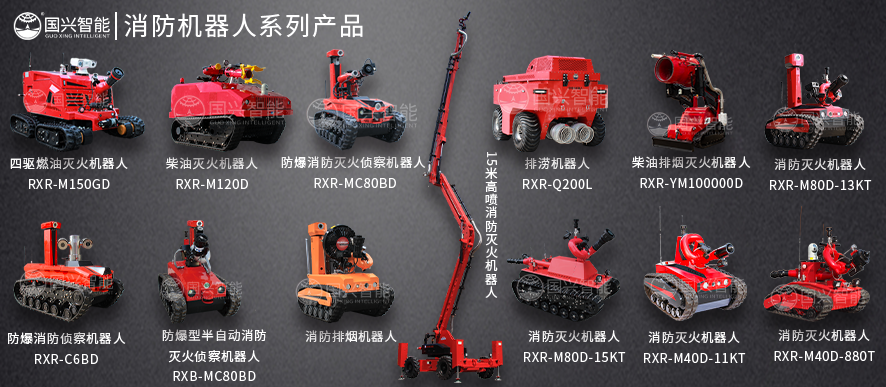Views: 1515 Author: Eva Zhu Publish Time: 2023-07-29 Origin: Site









Firefighting robots have emerged as a groundbreaking innovation, revolutionizing the way we combat fires and protect lives and property. These intelligent machines bring a new level of efficiency and safety to firefighting operations, proving to be invaluable assets in emergency situations. This article explores the various ways in which firefighting robots are helping humanity, enhancing firefighter capabilities, and making a significant impact on fire response and rescue efforts.

1. Enhanced Safety and Risk Reduction:
One of the primary advantages of firefighting robots is their ability to operate in hazardous environments that pose significant risks to human firefighters. These robots can venture into confined spaces, high-temperature zones, and toxic environments, minimizing the exposure of human personnel to life-threatening conditions. By taking on dangerous tasks, they protect firefighters and enable them to focus on critical decision-making and support roles.
2. Effective Fire Suppression and Surveillance:
Firefighting robots are equipped with advanced sensors and cameras, enabling them to quickly assess the severity and location of a fire. Their thermal imaging and gas detection capabilities allow them to identify hidden flames and potential hotspots, leading to more precise and targeted fire suppression efforts. Additionally, these robots can transmit real-time data and video feeds to firefighters, providing crucial situational awareness for better decision-making during rescue operations.
3. Remote Operation and Long-Range Deployment:
Firefighting robots can be remotely controlled by firefighters, allowing them to explore areas that are difficult to access. Whether it's navigating through collapsed structures or exploring high-rise buildings, these robots prove invaluable in locating survivors and assessing structural integrity. Their long-range capabilities make them ideal for handling wildfires and incidents in remote or inaccessible locations, where human intervention might be challenging or impractical.
4. Human-Robot Collaboration:
Firefighting robots complement human firefighters through seamless collaboration. Working in tandem with human teams, these robots extend the reach and capabilities of firefighting operations. They can carry heavy equipment, transport essential supplies, and assist in evacuating injured individuals. The combination of human expertise and robotic efficiency ensures a comprehensive and more effective firefighting strategy.
5. Post-Fire Data Collection and Analysis:
After extinguishing a fire, firefighting robots continue to play a crucial role. They can gather data and images from the affected area, facilitating post-fire analysis and investigation. This data aids in understanding the fire's behavior, identifying potential causes, and developing strategies for preventing similar incidents in the future.

Conclusion:
Firefighting robots have undoubtedly transformed the firefighting landscape, empowering emergency responders with unprecedented capabilities and safety measures. Their invaluable assistance in hazardous environments, precise fire suppression, and seamless collaboration with human teams have saved lives, protected property, and mitigated fire-related risks. As technology continues to advance, we can expect even more sophisticated firefighting robots, further enhancing their role in safeguarding humanity and elevating firefighting practices to new heights.

Understanding Explosion-Proof Standards: Differences Between ATEX And China’s GB
Tracked Robot Chassis Selection Guide: Load Capacity, Speed, And Endurance Explained
RXR-M120D Vs RXR-M150GD: Application Comparison of Large Flow Firefighting Robots
2025 Industrial Firefighting Robot Trends | Guoxing Robotics
Comparing Wheeled Vs. Tracked Firefighting Robots: Which Is Best for Your Facility's Terrain?
AI-Driven Firefighting Robots: Enhancing Situational Awareness And Reducing First Responder Risk
Top 5 Features To Look for in A Tracked Firefighting Robot for Hazardous Environments
The Future of Firefighting: Integrating Advanced Robots for Industrial Safety And Rescue Operations
How Shandong Guoxing’s Tank Treads Provide Superior Traction for Heavy Equipment Transportation